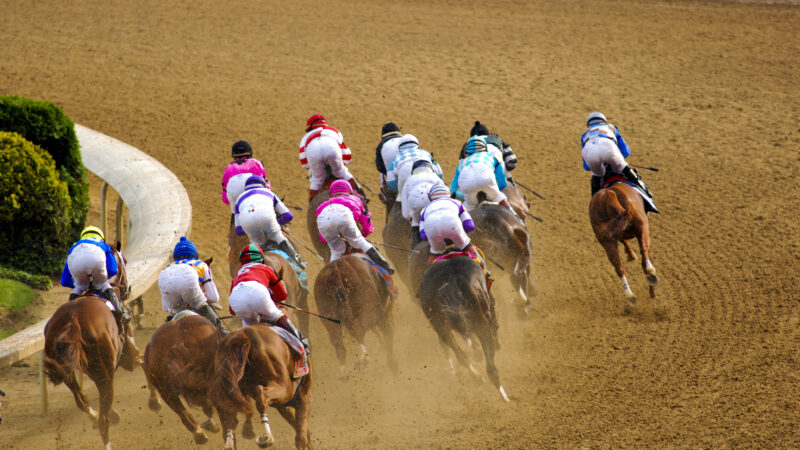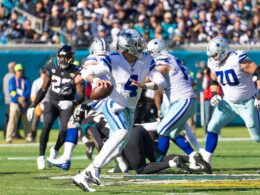*This article was originally published on BeHer Sports.
Back in 648 B.C. — a time before myths and legends became such — horse racing, known then as chariot racing, was a common spectator and sporting event. This style of horse racing occurred in a chariot or event on a mounted horse and dates back to the ancient Greek Olympics. Chariot racing was also a common event in other Panhellenic Games.
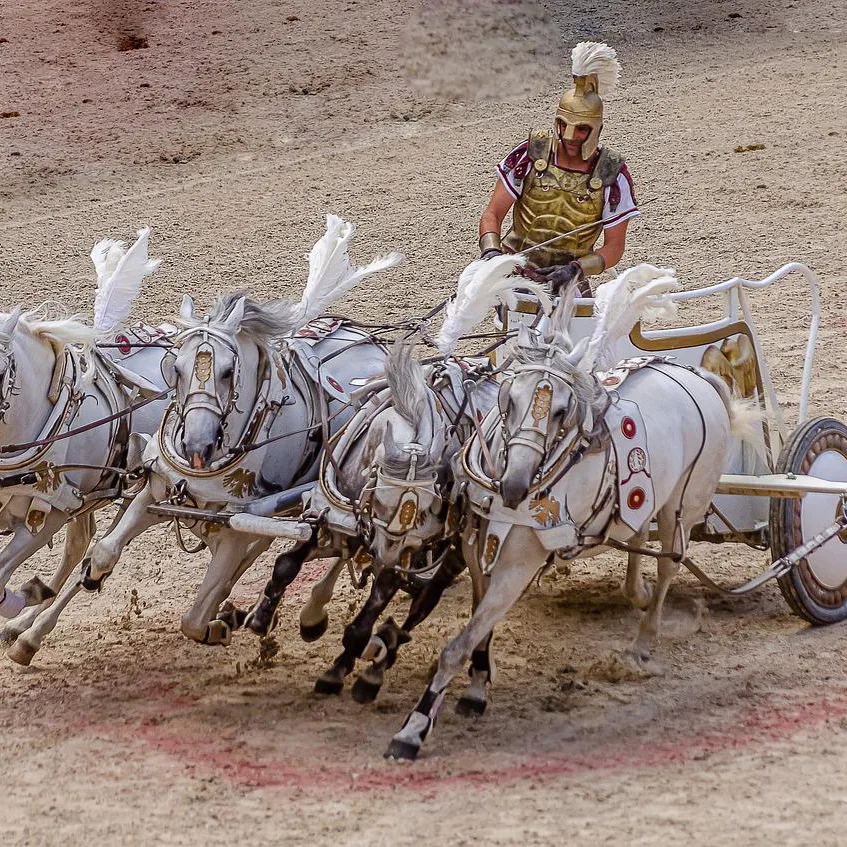
What started off as an “any horse you can get” type of event soon developed into the “Sport of Kings,” where rules stated thoroughbreds were to be the only horses that could be used for racing. Eventually, the world started to expand and horse racing found its way to Britain, becoming well-established by the late 1700s.
The first derby, called the Manx Derby, was conducted in 1779 in the Isle of Man. From then on, the term “derby” was used by many other racing events and was born the infamous Kentucky Derby, dubbed “The Run for the Roses” — the name comes from the blanket made of roses that is draped on the winner.
Almost 147 years since the first race of the Kentucky Derby, it continues to run uninterrupted, as well as the traditions associated with it. The mint julep — made of bourbon, mint, and sugar syrup — is the traditional beverage served at the event, along with burgoo, a meat stew. One tradition however proved that not all traditions need to stay the same.
As you may already know, horse racing involves a thoroughbred horse and a jockey. In the 1800s, jockeys were men, often of smaller stature, and according to former jockey Andrea Seefeldt, horse racing is still statistically a “man’s sport.” As we progressed into the 20th century, however, women began to play a major role in the sport.
Seefeldt (far top right) with male jockey competitors
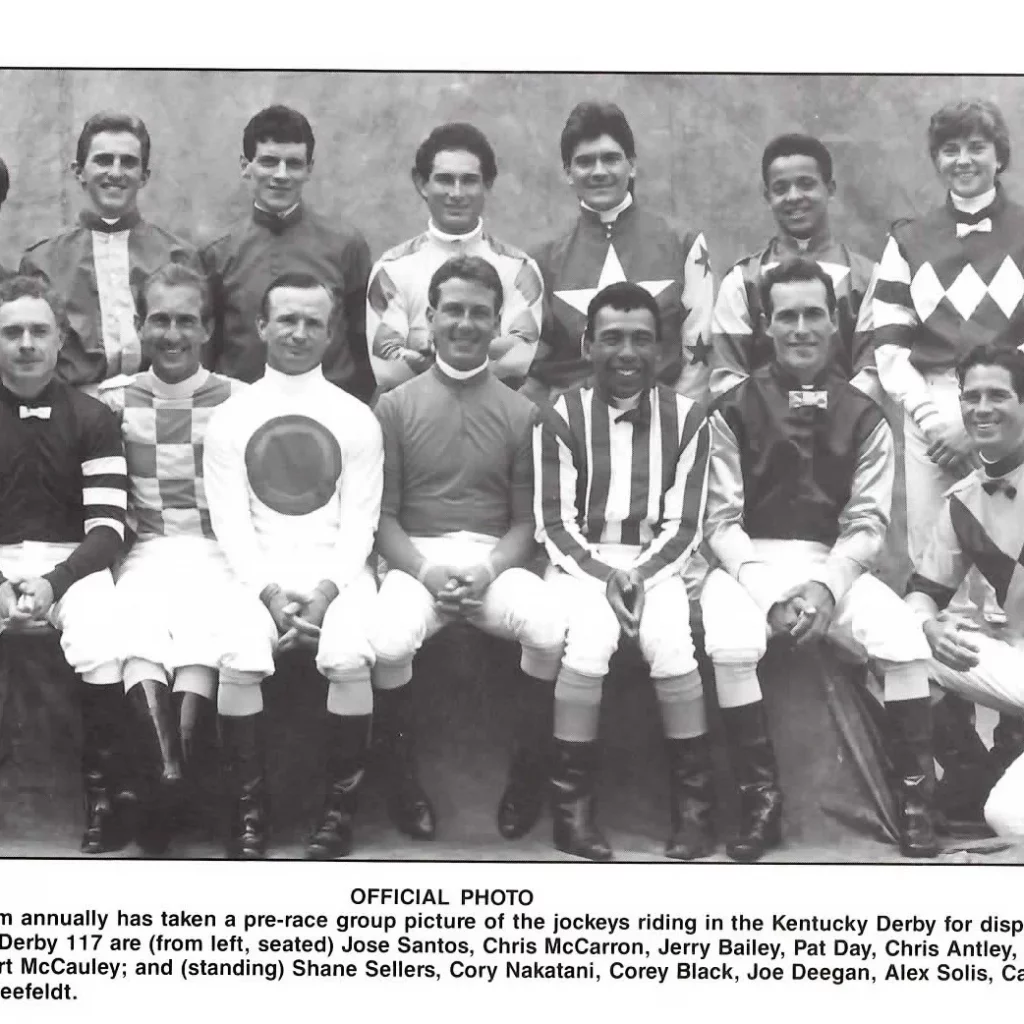
In 1904, the first horse owned by a woman — Elwood, owned by Mrs. Laska Durnell and bred by Mrs. J.B. Prather — won the Kentucky Derby, making Elwood the first horse to win the event with a female owner and breeder. By the 1940s, female owners and trainers were a common occurrence, but the fight for the integration of women in the sport was far from over.
As time went on, women trainers began running with their horses. To this day, female jockeys make up about 12 percent of all jockeys, according to Seefeldt, adding that by the late 80s, trainers started to treat her the same as her male competitors.
“Female Jockeys as a whole had proven that we could compete equally with the male Jockeys,” Seefeldt said. “Some trainers even preferred female jockeys on their horses saying that they were more perceptive, got along with the horses better, and tried harder.”
Seefeldt is one of only six women who have ridden in the Derby and these women, against all odds, made it to one of the most famous racecourses in history. While the road to the Derby became less and less treacherous, it was one brave woman who paved the way and earned herself the title “Darling of the Derby”.
Diane Crump was just 12 years old when she moved to the Tampa Bay area in Florida. It was about a year later when Crump was out riding one of her horses when she discovered a thoroughbred farm and ended up landing a job as a handler for the weanlings (horses weaning from their mothers). Eventually, Crump went from handling the weanlings to learning how to break horses, slowly working her way up the work ladder.
“Little by little, I learned how to work around the track,” Crump said. “[I] worked on the farm, handled weanlings, broke yearlings, and learned how to gallop horses, and just fell in love with it.”
Crump remained near the track she worked at as she continued to grow up, which allowed her to continue her passion. And according to Crump, because she was so determined and willing to help in any way she could, it never crossed her mind that she was the only female working the jobs she was working. Aside from a Groom or pony rider, Crump rarely saw women in her line of work, but that never slowed her down.
“The fact that I was the only one woman out there, I never let that affect me at all,” Crump said. “I went after my dream and that’s the way it was. I didn’t care about anything else and I didn’t have anybody stopping me.”
At 16 years old, Crump got her first license as an exercise rider. A year later, Crump obtained her owner’s license to run a horse she was given. This horse was in need of rehabilitation, which Crump gave and got him back on the tracks. A few years later, Crump become the first woman to compete in the Kentucky Derby in 1970. Some might say the race itself would be the biggest hurdle, but for Crump and other female competitors, it was the road leading up to it.
In 1968, Penny Ann Early was granted a license to compete, but due to boycotts from male jockeys, her request was denied three times. Crump explained that it was hard to obtain a license, which made the “one in a million chance” to compete more difficult and frustrating. Seefeldt also faced her own sets of challenges.
Seefeldt (number 13) racing at the Kentucky Derby
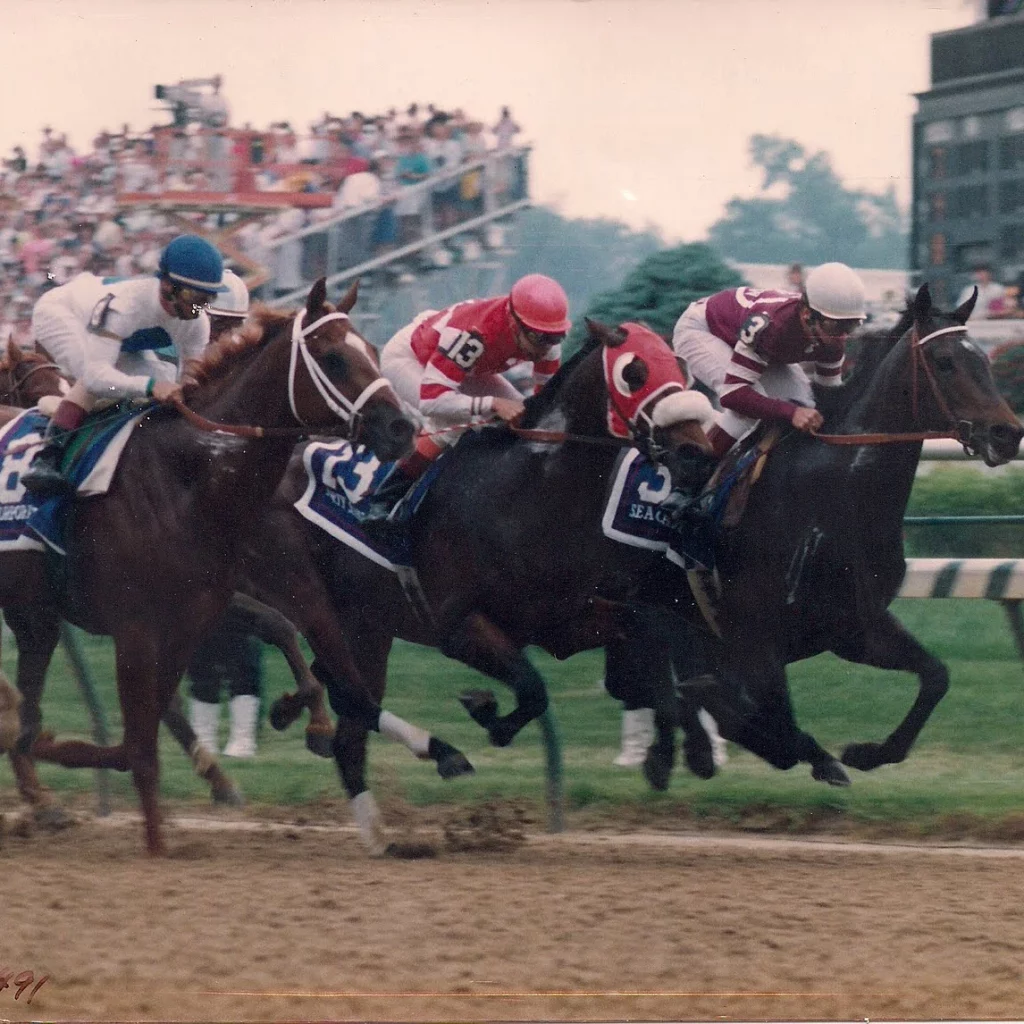
“When I decided to be a jockey, I had no idea how difficult that would be,” Seefeldt said. “Not just because it is a very demanding sport physically and emotionally, it’s very dangerous — many jockeys end up with broken bones and PTSD. There’s also the stress of winning or losing a race. Having fans bet on you and lose their money while the horses’ connections, trainer, owner, groom, and exercise rider lose out on purse money. Jockeys can make a small mistake in a race causing the horse to lose or cause a ‘spill’ — horses and jockeys could be injured in a spill. Jockeys can also make fatal mistakes. There is an ambulance that follows every race just in case.”
Another challenge Seefeldt faced was, oddly enough, the trainer’s wife. Male trainers would tell Seefeldt that they couldn’t put her on a horse because their wives would get jealous. Trainers would also make the excuse they wouldn’t be able to “live with the guilt if a girl got hurt riding their horse. However, not all challenges were bad, according to Crump.
“The atmosphere [at the Kentucky Derby] is amazing and everybody is so into it,” Crump said. “Everybody is calculating and anticipating who’s going to win. There’s such an excitement to it that it does give you a sense of awe just to be a part of it all. It was and is a great feeling to know that you can actually compete at that level.”
Because there were many boycotts and protests happening to stop women from racing, female jockeys, including Crump, constantly expected denied licenses and wouldn’t get their hopes up. However, it all became very real for Crump when she was escorted to the paddock by an armed guard while “5,000 people crowded around” her.
“That moment was amazing for me,” Crump said. “That’s what I’m going to remember the most. I knew that finally it was going to happen and that, to me, was the biggest thrill to know ‘I’m going to make it. I’m going to be the first one to ride. I’m going to be able to live my dream,’ because until [that point], I couldn’t. It was a battle. It was constant.”
Crump crossed the finish line in 15th place and 21 years later, Seefeldt made her Kentucky Derby debut with a 16th place finish and became the third woman to ever race at the Derby. While both finishes weren’t that notable, Crump and Seefeldt — and the four other female jockeys who have braved the Derby — proved women belong on the track, and the rest, as they say, is history.
Photo credits: Courtesy of Shutterstock, Rick Buckley, Pixabay, Andrea Seefeldt

